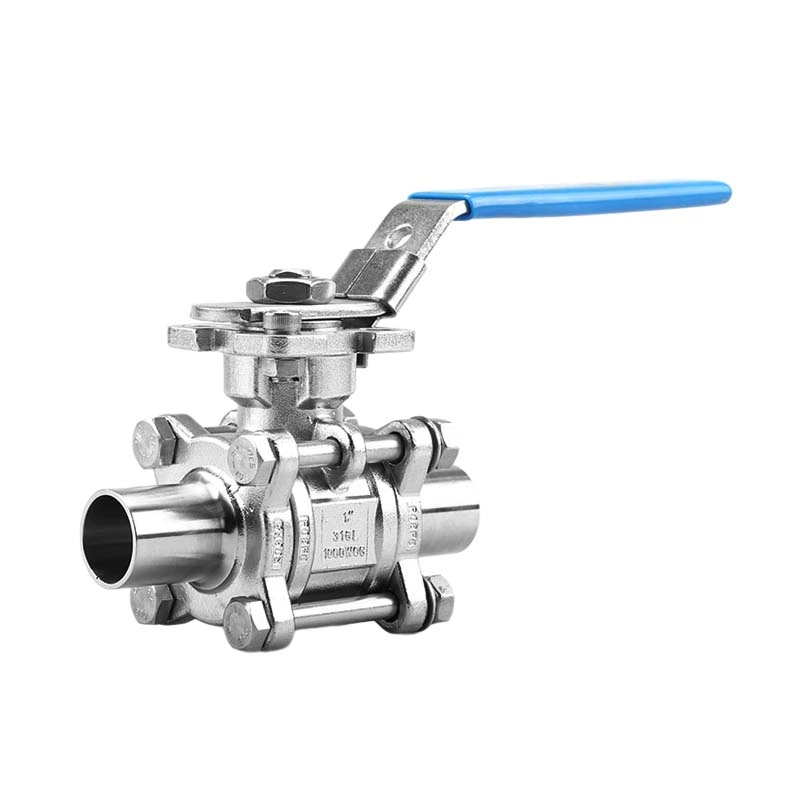Sanitary Stainless Steel Valve Welding Process Characteristics And Spraying Differences
Sanitary Valve Welding process characteristics and spraying differences
The sanitary stainless steel valve welding process uses plasma arc as a heat source, and then heats the substrate to liquefy its surface. At the same time, the spray welding powder material is fed into the plasma arc. The powder is preheated in the arc column and is in a molten or semi-molten state. After being sprayed into the molten pool by the flame flow, it is fully melted and the gas and slag are discharged. After the spray gun is removed, the alloy molten pool solidifies to form a spray welding layer.
The main characteristics of sanitary stainless steel valve spray welding technology are as follows:
(1> High production efficiency and good process stability: Because the plasma spray welding temperature of sanitary stainless steel valves is high and the heat transfer rate is large, the spray welding speed is fast, the productivity is also high, and the spray welding of refractory materials can be carried out smoothly.
(2) The composition and structure of the spray welding layer are uniform. The spray welding layer is flat and smooth, and the size can be more accurately controlled, which can be obtained within 0. Spray welding layer of any thickness between 125~8mm.
Differences between plasma arc spray welding for sanitary stainless steel valves and plasma spraying for sanitary valves:
1. During spraying, the plasma arc of sanitary stainless steel valves is established inside the spray gun, between the tungsten cathode and the copper anode nozzle, and the workpiece is not charged, which is called a non-transferred arc. The plasma spray welding of sanitary stainless steel valves uses a combined arc of non-transferred arc and transferred arc.
2. The equipment used for spray welding of sanitary stainless steel valves is basically similar to that used for spraying, but it is not stable to supply both non-transferred arc and transferred arc with a single power supply, so two power supplies are usually used to supply power to the non-transferred arc and transferred arc respectively.
